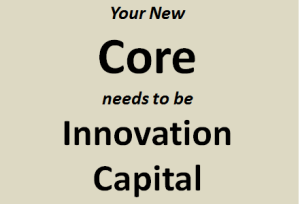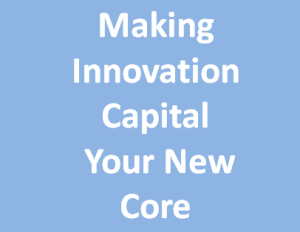Back in 1776 Adam Smith in his book “The Wealth of Nations” discussed the concept of the work to be done and this applies so much to innovations need of where to focus our future efforts.
This has fascinated me for what we need to do for achieving any new innovation, it is the ‘work to be done’ that generates and pushes boundaries beyond the existing. This ‘classic’ book has become regarded as the one that described the birth of modern capitalism as well as economics.
Adam Smith also introduced the concept of ‘the Invisible Hand’ as a core part of his thesis, that man’s natural tendency toward self-interest – in modern terms, looking out for No.1 – results in prosperity, not just for the individual but for society. ‘The invisible hand’ is essential for free markets and capitalism, through how it generates wealth in competition for scarce resources.
By maximizing their own interest as the direct intention, this ‘invisible hand’ also stimulates those around you and in the society you belong. As you seek to leverage your own assets, you are promoting society as a whole. Today this can be more by design, or through an unintended consequence of how knowledge flows.
Arguably the ‘invisible hand’ can today be seen as realizing all our potential, individual and collective, exploiting all available existing assets for benefit and gain. We call these our tangible and intangible assets. Often overlooked, or under-appreciated are those more intangible assets, that can significantly differentiate, are surely today’s ‘invisible hand?’
Read more
 Perhaps we are failing to recognise the importance of our Innovation capital, stopping to ask how really valuable knowing this is to us?
Perhaps we are failing to recognise the importance of our Innovation capital, stopping to ask how really valuable knowing this is to us?


